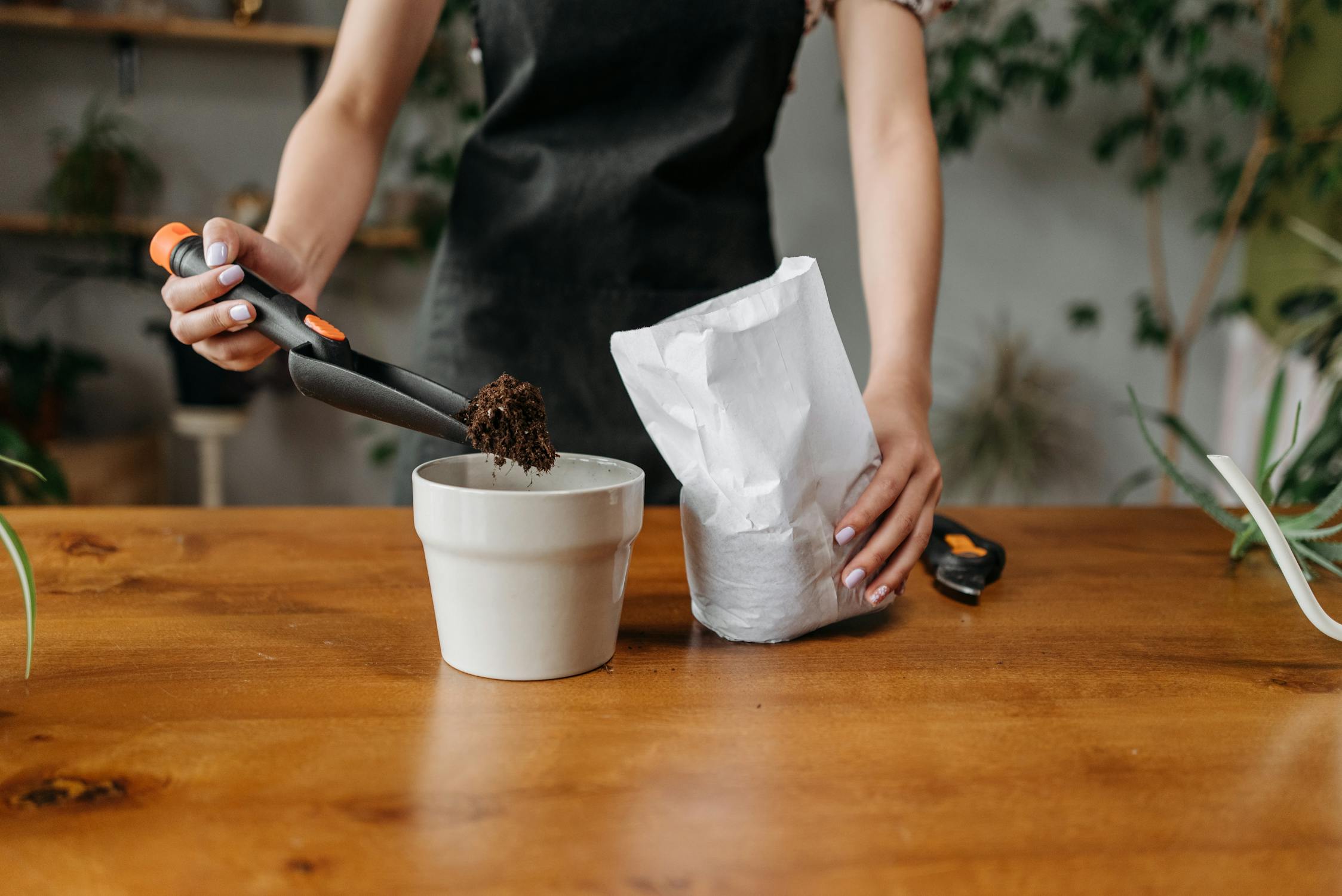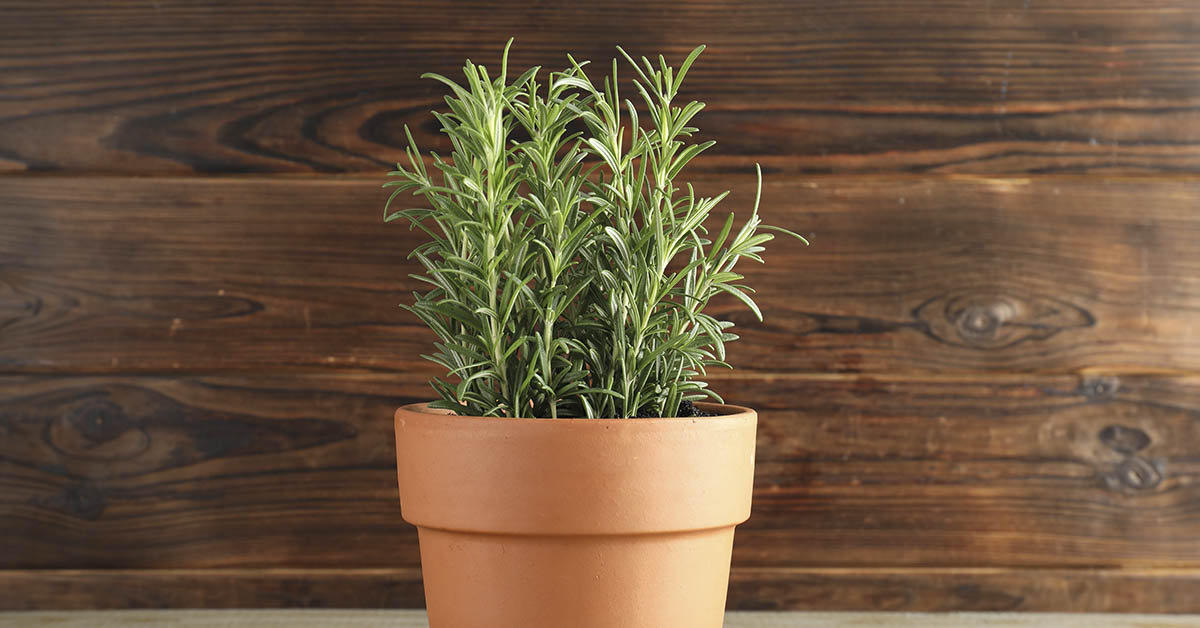If you’ve ever had a rosemary plant that keeps dying on you, you’re definitely not alone. Rosemary plants are popular because of their fragrant leaves and cooking uses. But they can be tricky to care for if you don’t know their needs. Many people think rosemary is a tough plant, but it actually requires specific conditions to thrive. The good news is that with just a few simple changes to how you water and care for it, your rosemary plant can become healthy and strong. In this article, you’ll learn what might be going wrong and an easy fix to help your rosemary grow well, whether it’s in a pot on your kitchen windowsill or in your garden bed.
Understanding Rosemary’s Natural Habitat

Rosemary is native to the Mediterranean region, where summers are hot and dry, and winters are mild. This natural background tells us a lot about what rosemary plants like. They thrive in full sun, needing at least six hours of direct sunlight daily. The soil in these areas is sandy and drains quickly, so the roots don’t sit in water. If you try to grow rosemary in a spot that’s too shady or with heavy, clay soil, the plant will struggle. Knowing this helps explain why your rosemary might be dying: it simply isn’t in the right environment. To keep your plant healthy, mimic its natural home by providing good sun, well-draining soil, and dry conditions between waterings.
The Most Common Reason Rosemary Plants Die: Overwatering

Many gardeners kill their rosemary plants by overwatering them. Unlike many houseplants, rosemary likes dry soil and does not enjoy sitting in wet earth. If the soil stays damp too long, the roots begin to rot because they can’t get oxygen. This is one of the main reasons rosemary plants start to look sad, with yellow leaves or a droopy appearance. To check if you’re overwatering, feel the soil- if it’s wet or soggy, wait before watering again. Also, rosemary doesn’t need watering every day. Depending on your climate and pot size, watering once or twice a week is usually enough. Letting the soil dry out between watering is key for keeping rosemary alive.
Light and Airflow: What Rosemary Really Needs

Rosemary plants need plenty of sunlight to stay healthy and grow strong. They require at least six hours of direct sun every day, so placing them in a sunny spot is crucial. Without enough light, rosemary becomes weak and more likely to catch diseases. Besides sunlight, airflow is just as important. Good airflow helps keep the leaves dry and prevents fungal infections. Stale, humid air can cause problems like powdery mildew or other leaf diseases. If you grow rosemary indoors, place it near a sunny window with a gentle fan nearby to circulate air. Outdoors, avoid overcrowding plants so air can flow freely between them. This simple care helps rosemary plants thrive.
The Easy Fix: Improve Drainage and Adjust Watering

The easiest way to stop your rosemary plant from dying is to fix the drainage and watering habits. If your rosemary is in a pot, make sure it has holes at the bottom to let excess water drain away. We recommend using a terra cotta planter, as this helps to retain moisture and prevent overwatering. You can feel the soil with your hands and if there is still moisture, do not water the rosemary plant. Also, you can add a layer of small stones or gravel at the bottom of the pot for extra drainage. If growing rosemary in the garden, avoid planting it in heavy clay soil that traps water. Instead, mix in sand or compost to improve soil texture and drainage. When watering, do it slowly and only when the top inch of soil feels dry. By giving your rosemary the right amount of water and proper drainage, you help prevent root rot and keep your plant happy.
Choosing the Right Soil for Your Rosemary Plant

Soil plays a huge role in how well your rosemary plant grows. Rosemary prefers soil that is light and drains quickly. Heavy soils that hold too much water cause root problems. If you’re planting rosemary in a pot, use a mix designed for cacti or succulents since it drains better. For garden beds, add sand or small gravel to improve drainage. You can also mix in organic matter like compost to give nutrients while keeping soil loose. Avoid soil that stays soggy after watering. The right soil lets water flow through easily, so roots don’t stay wet too long. Good soil combined with proper watering helps your rosemary plant stay healthy and grow strong.
Read More: 15 Unusual Ways To Use Rosemary That Goes Way Beyond Cooking
Pruning Your Rosemary Plant for Better Growth

Pruning is one simple way to keep your rosemary plant healthy and full. Cutting back your plant encourages new growth and stops it from becoming woody and dry. You can prune your rosemary a few times a year, especially before it flowers or during early spring. Use clean, sharp scissors to trim the tips of the branches. Don’t cut too much at once, only about one-third of the plant at a time. Pruning also helps the plant grow bushier, which means more fragrant leaves to enjoy. Plus, it improves air circulation inside the plant, reducing disease risk. Regular trimming keeps rosemary looking great and thriving.
How to Handle Pests and Diseases on Rosemary Plants

While rosemary is fairly hardy, it can still fall victim to pests and diseases. Common pests include spider mites and aphids, which suck sap from the leaves and cause damage. Look for tiny webs or sticky residue on your plant as signs of these pests. To get rid of them, spray the plant gently with water or use insecticidal soap made for herbs. Rosemary can also develop fungal diseases if air circulation is poor or if it’s overwatered. Powdery mildew is a common fungal problem that looks like white dust on leaves. Removing affected leaves and improving airflow helps control it. Keeping your rosemary plant healthy and dry prevents most pest and disease issues.
When to Repot Your Rosemary Plant

Repotting your rosemary plant every couple of years gives it fresh soil and more room to grow. Signs that it’s time to repot include roots growing out of the drainage holes or the plant looking crowded in its pot. When repotting, choose a container slightly larger than the old one and fill it with fresh well-draining soil. Gently loosen the roots before placing the plant in its new home. Avoid watering right after repotting; wait a few days to let the roots adjust. Repotting refreshes the soil’s nutrients and helps the plant grow stronger. It’s an important step for keeping your rosemary plant healthy long term.
Final Thoughts: Keep Your Rosemary Plant Thriving

Taking care of a rosemary plant doesn’t have to be hard. By understanding its needs- plenty of sunlight, good drainage, and careful watering, you can keep it healthy. Remember, rosemary comes from a dry climate, so giving it too much water or poor soil will stress the plant. Simple steps like pruning regularly, choosing the right soil, and watching for pests will make a big difference. If your rosemary has died before, don’t be discouraged. With these easy fixes, your rosemary plant can grow strong and fragrant. Soon, you’ll enjoy fresh rosemary for cooking or simply as a lovely, green addition to your home or garden.
Read More: 7 Surprising Benefits of Indoor Plants Supported by Science

